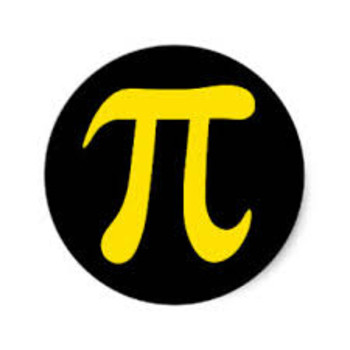Let the slower speed be #x# mph.
The faster speed is therefore #x+10# mph
You know the distance and the speeds, write expressions for the each time..
#t = d/s#
#t_1 = 280/x# (longer time) #" "and t_2 = 280/(x+10)# (shorter time)
The difference between the two times was #1 " hour"#
#t_1 - t_2 = 1#
#280/x - 280/(x+10) = 1" "larr xx LCM# to cancel the denominators
#(color(blue)(x(x+10)xx280))/x - (color(blue)(x(x+10)xx280))/(x+10) = color(blue)(x(x+10)xx)1#
#280(x+10) -280x = x(x+10)#
#280x+2800 -280x = x^2+10x" "larr#
Now you have a quadratic equation, make it equal to 0.
#0 = x^2 +10x -2800#
This expression does not have factors.
Completing the square gives:
#x^2 +10x +25 = 2800+25#
#(x+5)^2 = 2825#
#x +5 = sqrt2825" "# only the positive root is valid
#x = sqrt2825 -5#
#x = 48.1507# mph - this is the slower speed
#x +10 = 58.1507# mph -this is the faster speed
#t_1 = 280/48.1507 = 5.815 hrs#
#t_2 = 280/58.1507 = 4.815 hrs#
#"ave speed" = ("total distance")/("total time")#
#"ave speed" = 560/10.63#
#"ave speed" = 52.68#mph
An expression for the ave speed would be
#"ave speed" = 560/(t_1+t_2)#

